Walking iris (large single plant)
Original price was: ₹210.₹99Current price is: ₹99.
50 in stock
Description
In India, we can sell this Walking iris (large single plant) via online delivery systems to any states including Andhra Pradesh, Arunachal Pradesh, Assam, Bihar, Chhattisgarh, Goa, Gujarat, Haryana, Himachal Pradesh, Jammu & Kashmir, Jharkhand, Karnataka, Kerala, Madhya Pradesh, Maharashtra, Manipur, Meghalaya, Mizoram, Nagaland, Odisha (Orissa), Punjab, Rajasthan, Sikkim, Tamil Nadu, Telangana, Tripura, Uttar Pradesh, Uttarakhand, and West Bengal
The Walking Iris (Neomarica) is a unique and beautiful flowering plant known for its arching, sword-like leaves and striking iris-like flowers. It gets its name from its unusual propagation method—after flowering, new plantlets form at the tips of flower stalks, causing them to bend down and “walk” to a new spot where they root.
Basic Information:
- Scientific Name: Neomarica spp. (Common species: Neomarica gracilis, Neomarica caerulea, Neomarica northiana)
- Common Names: Walking Iris, Apostle Plant
- Family: Iridaceae (Iris family)
- Origin: Native to Central and South America
- Growth Habit: Clumping, grass-like perennial
- Size: Typically 2-4 feet tall (0.6-1.2 meters)
Foliage & Flowers:
- Leaves: Long, strap-like, glossy green leaves, similar to those of an iris or daylily.
- Flowers:
- Blooms are short-lived but spectacular, resembling traditional irises.
- Common colors include blue, white, purple, or yellow, depending on the species.
- Blooms often last for only a day, but the plant produces multiple flowers in succession.
- Blooming Season: Typically spring to summer, but can bloom multiple times a year in warm climates.
Care Requirements:
- Light: Prefers bright, indirect light to partial shade; tolerates some direct sun but avoid harsh midday sun.
- Watering: Keep soil moist but not soggy; water when the top inch of soil feels dry.
- Humidity: Enjoys moderate to high humidity—great for tropical or subtropical climates.
- Temperature: Prefers warm temperatures (above 50°F / 10°C) and is not frost-hardy.
- Soil: Well-draining, fertile soil with organic matter (loamy or sandy works well).
- Fertilization: Feed with a balanced liquid fertilizer every 4-6 weeks during the growing season.
- Pruning: Remove spent flowers and yellowing leaves to keep the plant tidy.
Propagation:
- Plantlets: The most common method—new plantlets develop on flower stalks, bend down, and root in the soil.
- Division: Large clumps can be divided and replanted.
Common Issues:
- Leaf Browning: Caused by low humidity, overwatering, or too much direct sun.
- Lack of Flowers: May result from insufficient light or over-fertilization with nitrogen.
- Pests: Generally pest-resistant but may attract spider mites or aphids in dry conditions.
Best Uses:
- Ground Cover: Great for tropical landscapes or shade gardens.
- Borders & Edging: Works well along pathways or garden beds.
- Containers: Can thrive in pots on patios or balconies.
- Indoor Plant: Does well as a houseplant in bright, indirect light.
Only logged in customers who have purchased this product may leave a review.

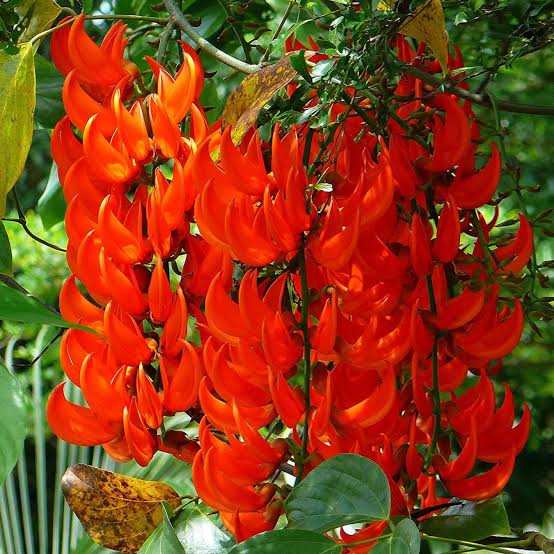
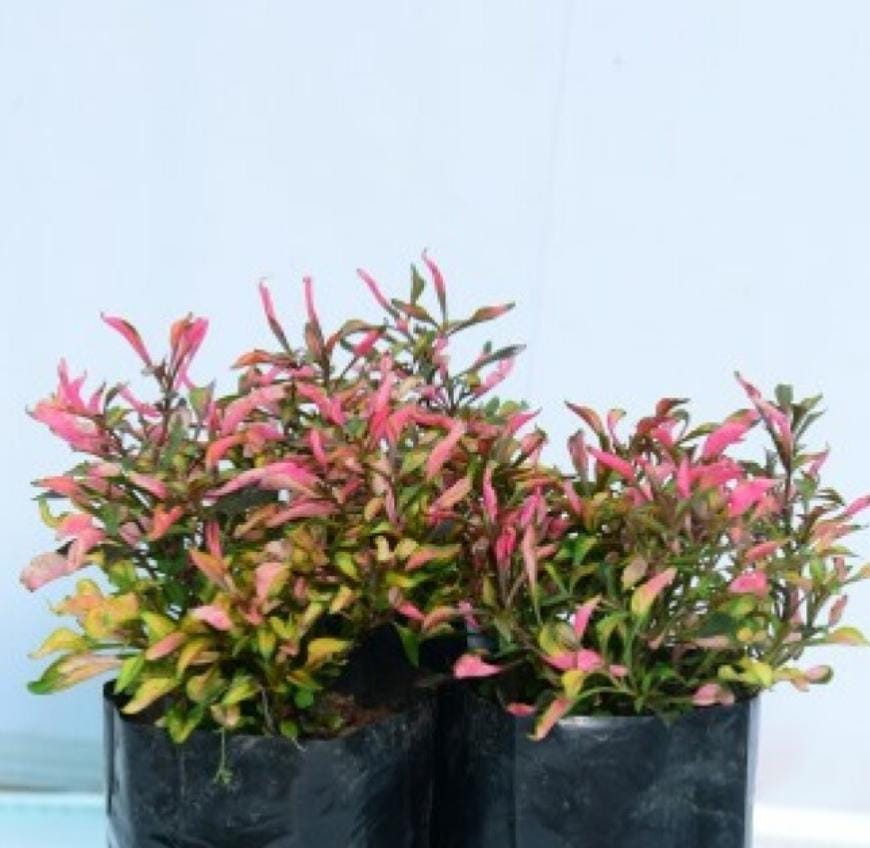
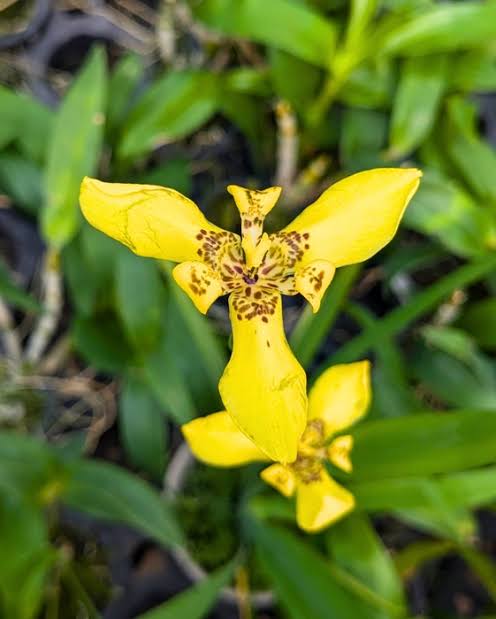
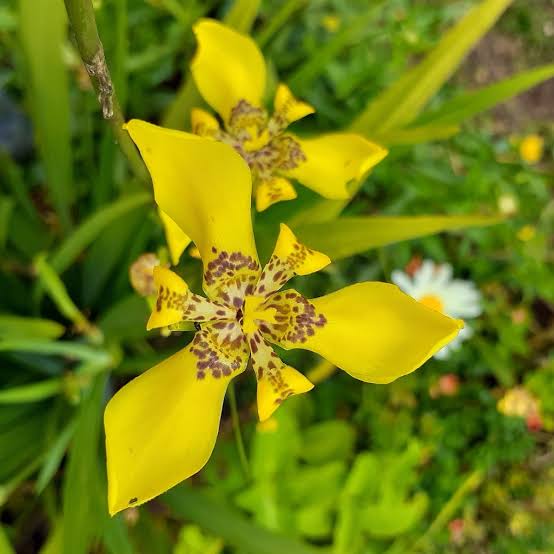
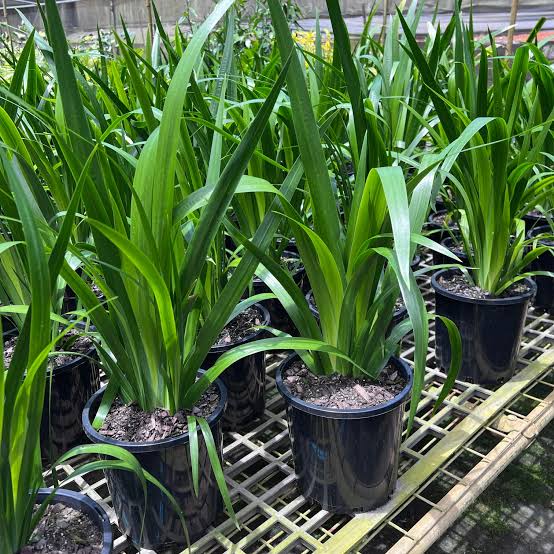
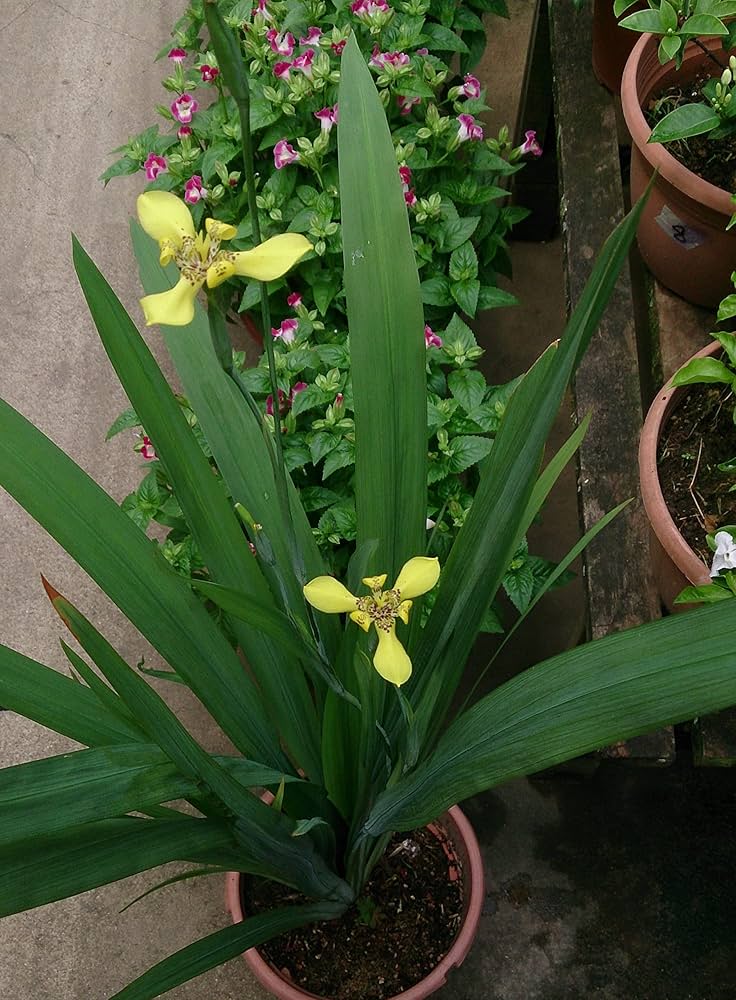
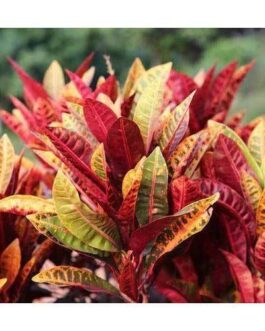
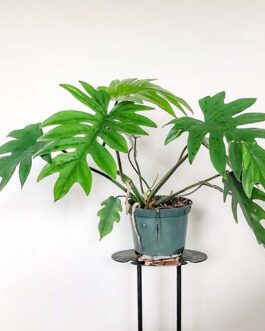
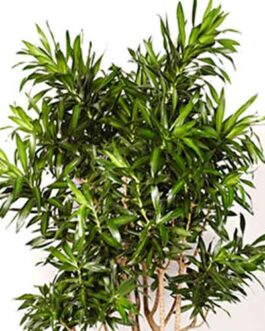
Reviews
There are no reviews yet.